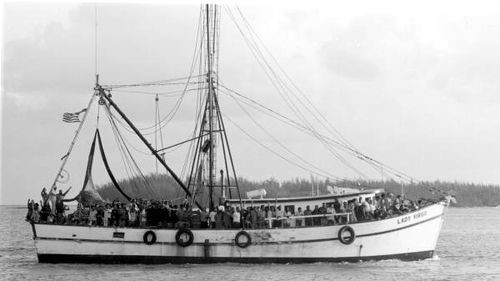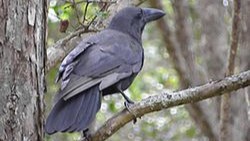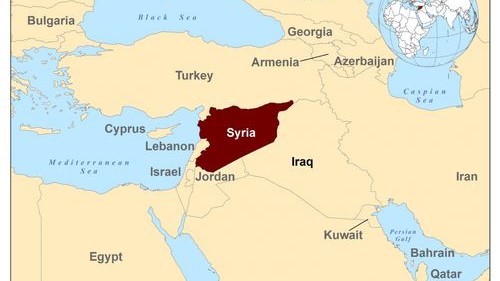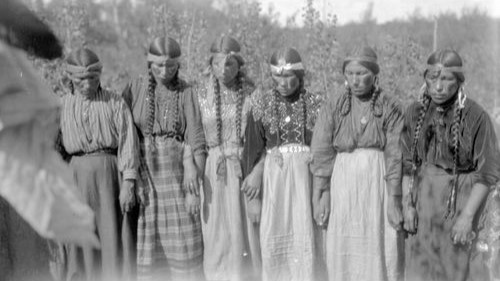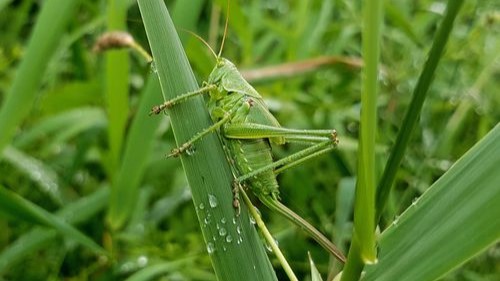Before the middle of the 20th century, Cubans and Americans moved between Cuba and the United States without any major restriction. Then, the relationship between the two countries changed and worsened. Starting in the early 1960s, travel and business between the countries were greatly restricted. The travel restriction didn’t stop Cuban immigrants from coming to the United States. How and why have Cuban immigrants come to the United States since the 1960s? Many Cuban immigrants have arrived in the United States with hopes of a better life. There have been a few significant waves of Cuban immigration from the 1960s onward.
The first wave of Cuban immigration began when Fidel Castro came to power in 1959. Before he came to power, Fulgencio Batista was the dictator of Cuba. Many wealthy Cubans supported the Batista dictatorship. During his rule, there was a large gap between wealthy and poor Cubans. There was also a lot of corruption in Batista’s government. No one was allowed to speak against Batista. Many Cubans became frustrated with Batista’s government and supported Fidel Castro instead. Castro was a Cuban revolutionary and politician. He led a revolution that was supposed to create a more equal, democratic Cuba. When Castro became the leader of Cuba’s government, he said that a dictator would never again rule over Cuba. However, Castro’s communist government soon became a dictatorship.
Many of Castro’s promises did not help all Cubans. In the early years of Castro’s leadership, there was still a large gap between the wealthy and poor. Castro’s government took land and possessions away from wealthy Cubans. By 1962, many of these Cubans fled Cuba and arrived in Miami, Florida. They thought they would return to Cuba soon. However, a lot of these immigrants stayed in the U.S. as Castro continued to stay in power in Cuba.
The second wave of Cuban immigration started in the mid-1960s. Some Cubans were frustrated with Castro’s policies. There were still large economic issues in Cuba. Castro closed down thousands of small businesses. Many people lost their jobs. They also did not have political power. They could not speak against the government without fear of punishment. Middle-class and working-class workers began leaving Cuba. By 1974, more than 250,000 Cubans entered the United States in the second wave.
The third wave of Cuban immigration happened in 1980. Thousands of Cubans rushed the Peruvian embassy in Havana, the capital of Cuba. They wanted to leave the island for Peru. Castro decided to open the seaport of Mariel and let people leave Cuba if they wanted to. In just a few months, 125,000 Cubans had arrived in Florida. This migration was called the Mariel Boatlift. Most of the third wave immigrants were less wealthy than the immigrants of the first two waves.
Since the third wave, there has been at least one more wave of Cuban immigrants to the United States. To this day, many Cuban immigrants have made southern Florida their home. A survey in 2018 showed that Cubans represented about 3% of the immigrant population in the United States. They have greatly added to the economy of Florida and to the cultural heritage of the United States. Still, some Cuban immigrants hope to return to Cuba when conditions there improve.


